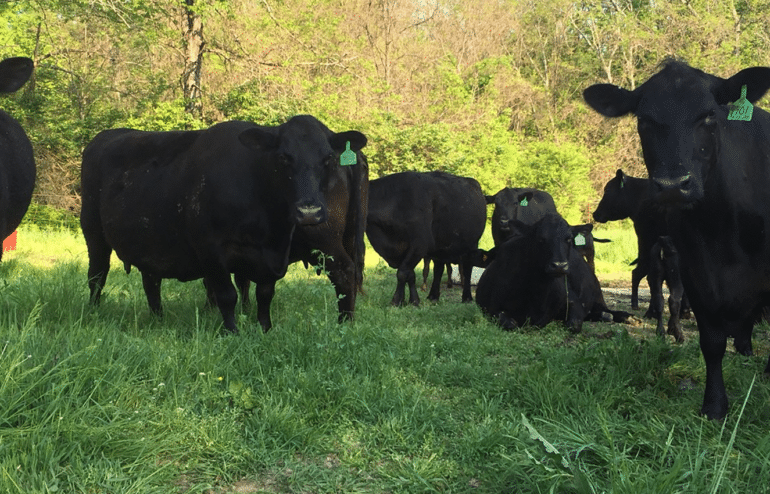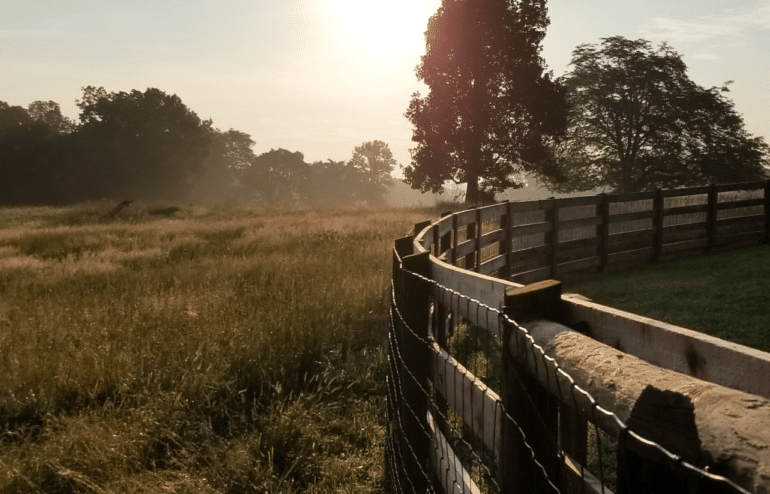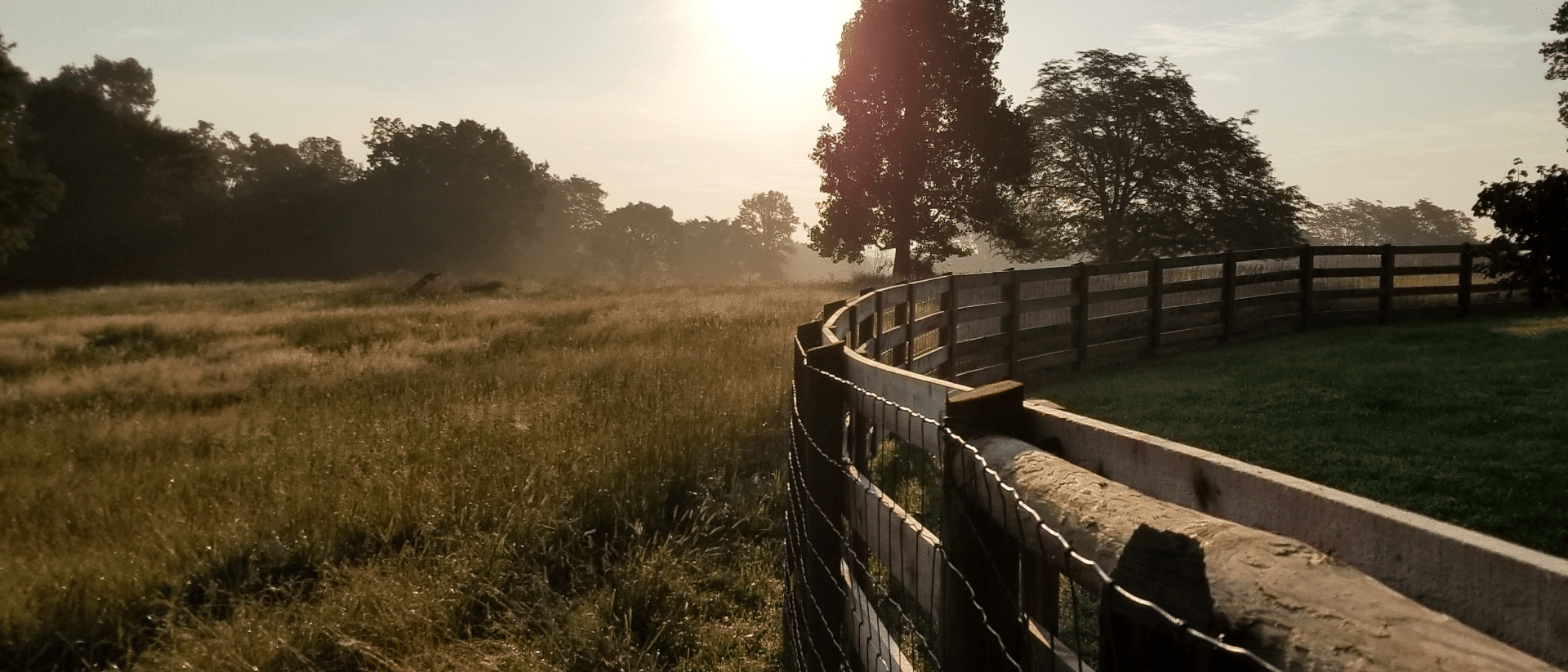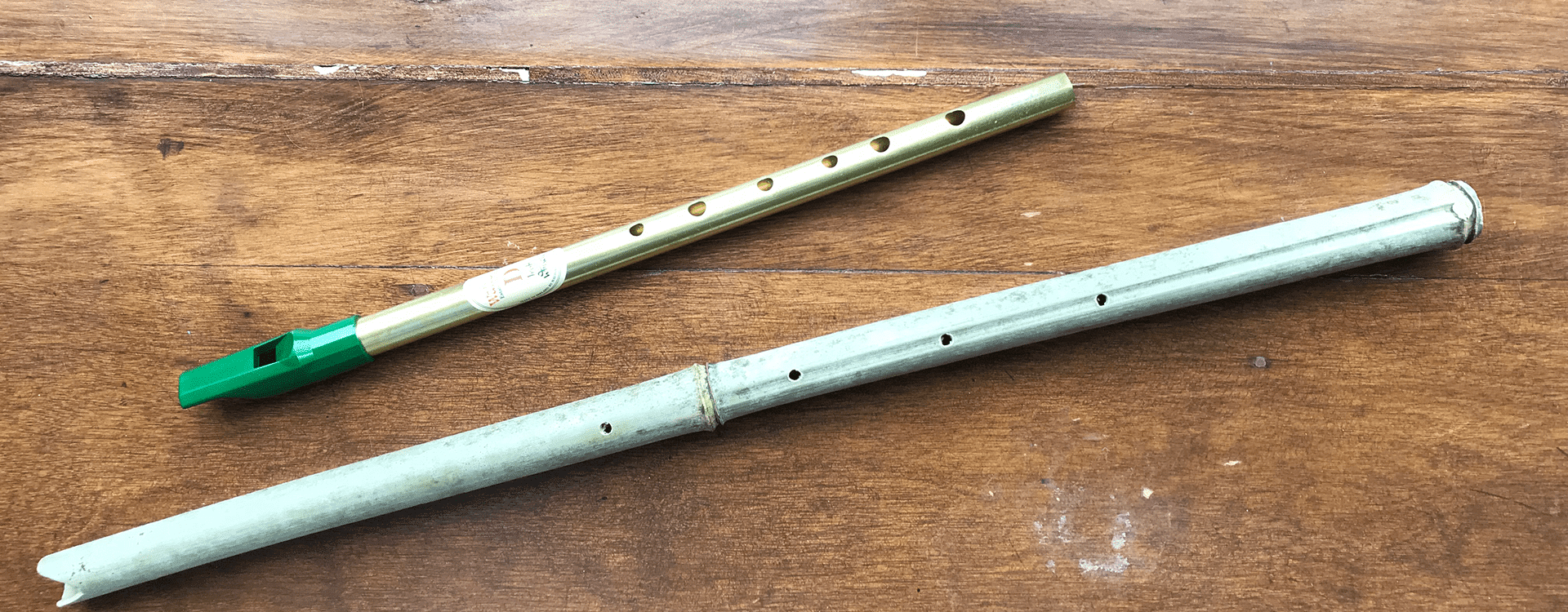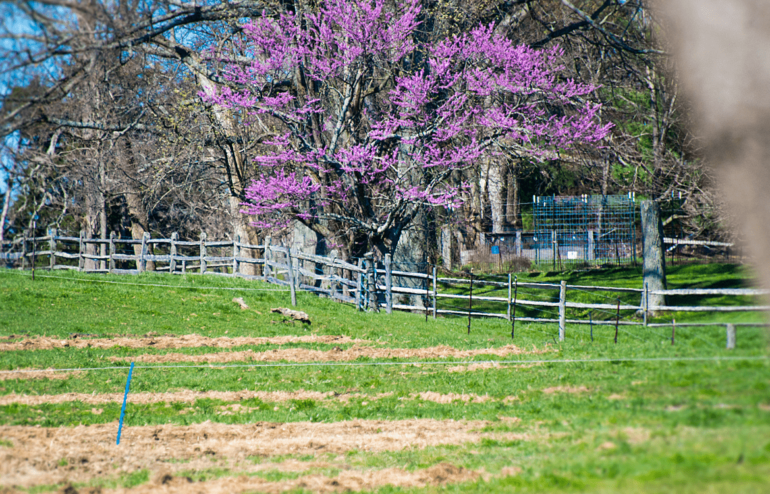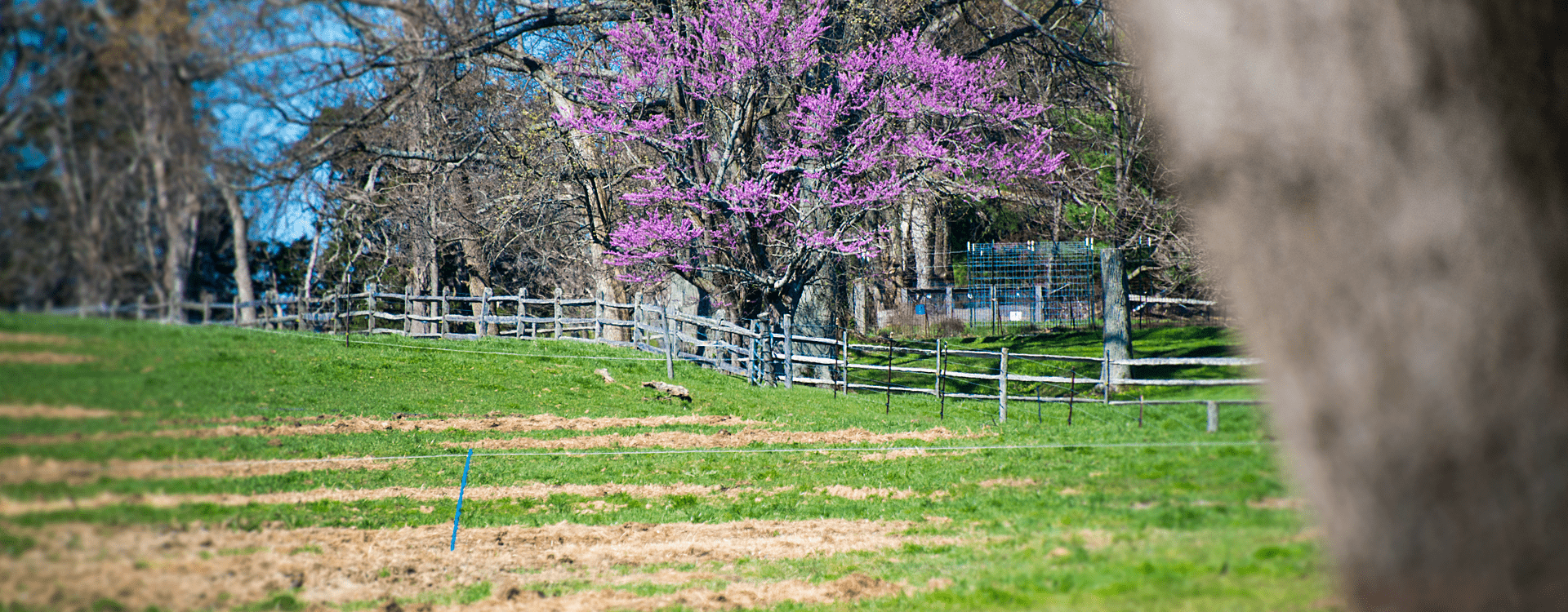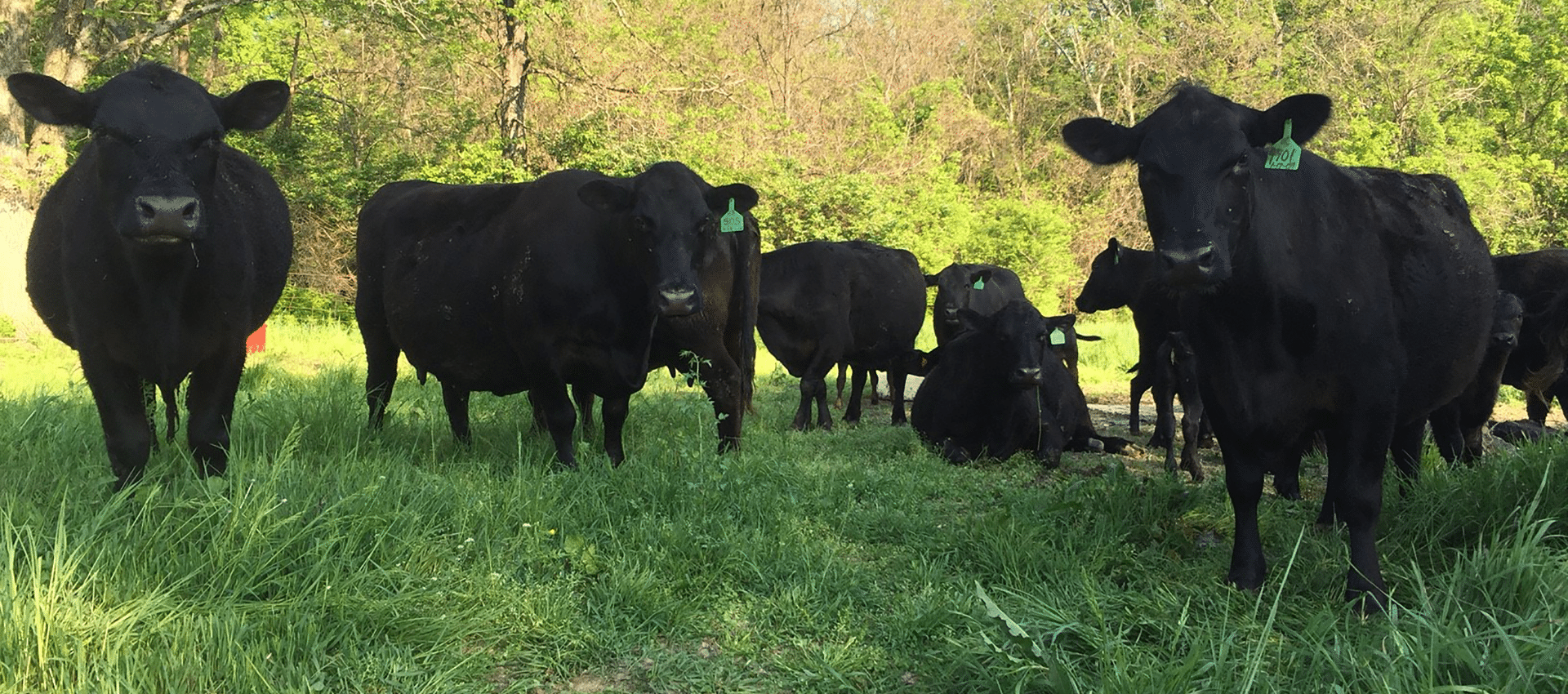
Grass Fed Beef Production Methods – Consumer Implications
In 2016 Greenacres partnered with Dr. Jason Rowntree and Michigan State University (MSU) to gain a better understanding of the nutritional quality associated with grass-fed beef. The results of that partnership was a 3 year study culminating in Greenacres’ first two peer-reviewed manuscripts. The MSU partnership also led to some interesting and unique findings compared to the existing literature. Not all beef labeled as “grass-fed” comes with the nutritional halo that one might expect from a grass-fed product. Grass-fed beef is advertised as a good source of vitamins A and E as well as having a more favorable omega-6 to omega-3 ratio (most often reported as 2:1), compared to grain-fed beef. However, the data we collected from over 750 grass-fed beef samples sourced from across the U.S. suggest that nutritionally speaking, not all grass-fed products are created equal. Our findings showed that some grass-fed beef contained untraceable amounts of vitamin A and omega-3 fatty acids and had omega-6 to omega-3 ratios in excess of 28:1, almost 3 times the amount one would expect from grain-fed beef.
What was the driver behind these variations? The answer is not so easy. The data we collected on production methods were based on an online survey, filled out by producers who submitted samples. However, not all participants agreed to fill out the survey. In addition, surveys can be unreliable sources of information. After analyzing the survey data there were some potential culprits, namely harvested forages (haylage and/or bailage) as well as grain by-products, such as soy hulls. During the “finishing phase” (the period in the last 60-90 days when the cattle convert energy into intramuscular fat) not all grass-fed animals eat grass on pasture. Some grass-fed protocols allow for producers to use feeds other than fresh grass. This could include harvested forages that are dried (hay) or fermented (haylage) or other types of roughage. As long as the cattle do not receive the grain of a plant (e.g. soybean hulls, which are ground up soybean plants but do not include the soybean itself) they can still be marketed as “grass-fed”. Even when these products were indicated in the surveys, they did not always correlate to nutritional variations. This left us scratching our heads.
Discovering the drivers of the nutritional quality of grass-fed beef has important implications for both producers and consumers alike. Producers want to produce a premium product that is desired by consumers and grass-fed beef consumers might count nutritional density as a factor in their purchasing decisions. Identifying what factors impact the nutritional quality of the product could lead to recommendations for producers to improve their product as well as an increase in consumer acceptance.
To gain a better understanding of the root of the nutritional anomalies, Greenacres is partnering with Dr. Rowntree and MSU for a second time. This study will be conducted at MSU’s Kellogg Biological Station over the 2020 and 2021 production seasons. During this study we will be providing different types of “grass-fed” feeding regimens to groups of cattle. These treatments will include: 100% fresh forages on pasture; fresh forages + hay supplementation; fresh forages + soy hull supplementation; and harvested forages fed in confinement to represent the “feedlot grass-fed” model. Each treatment will be randomized and replicated to ensure scientific rigor. The findings will be peer-reviewed and published at the conclusion of the study.
–Chad B.

